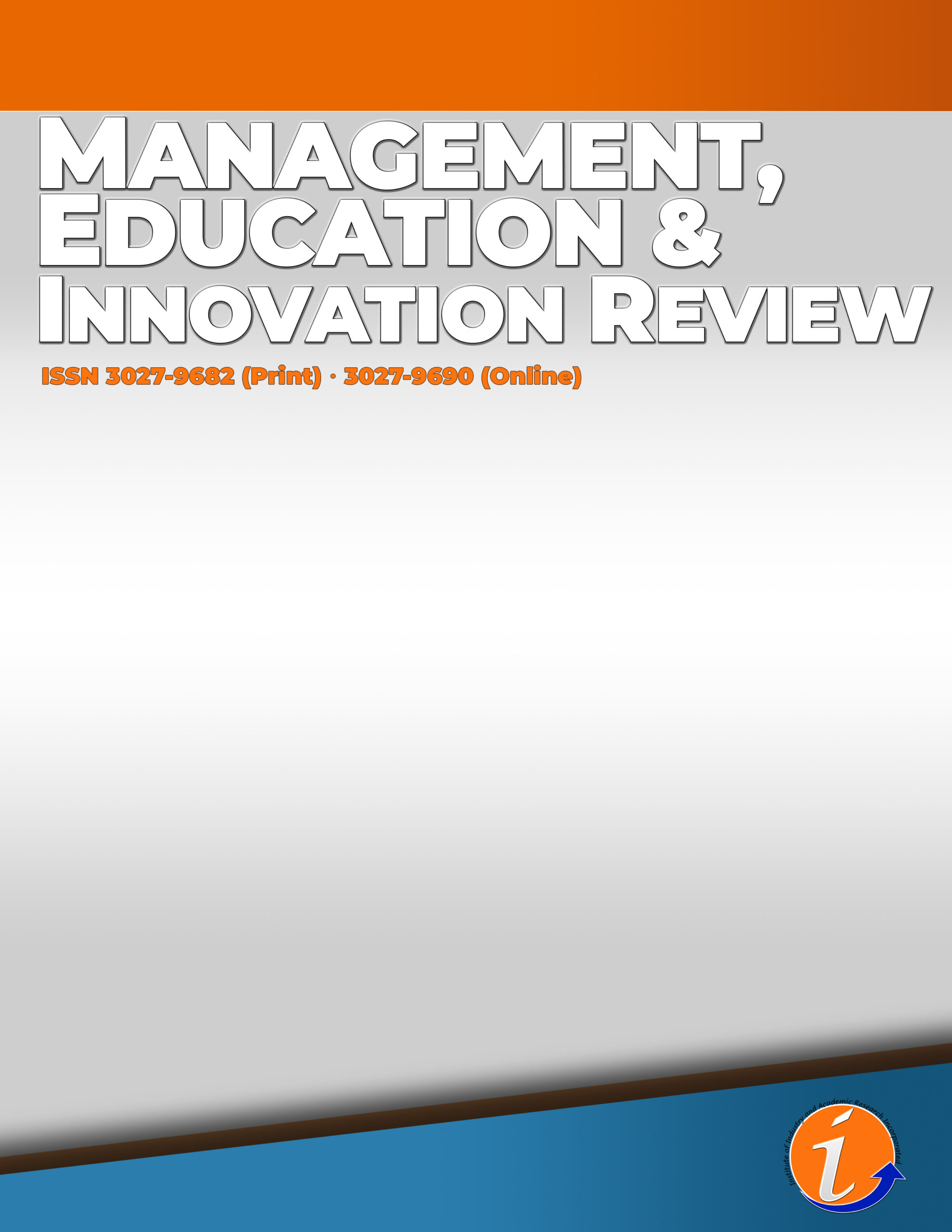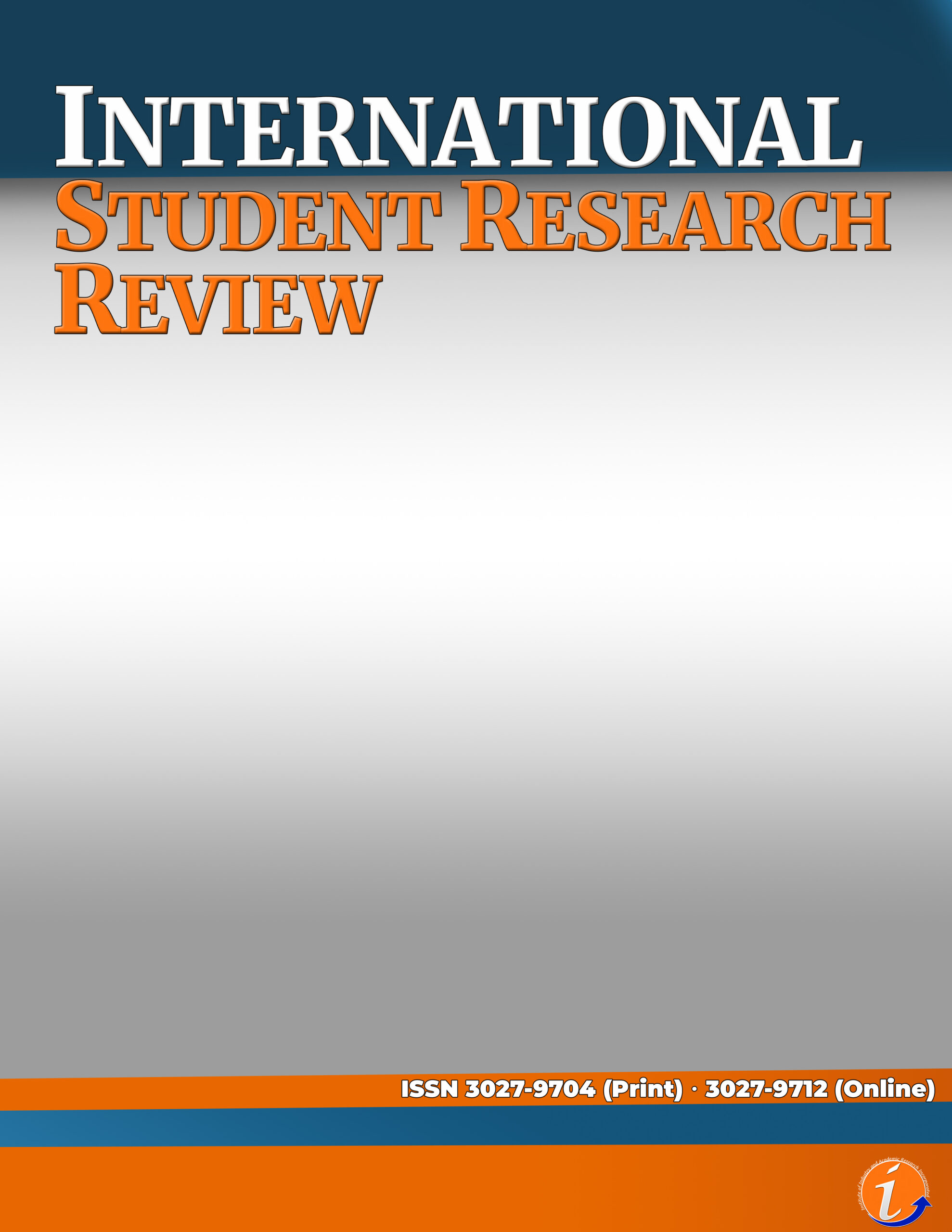Abstract
This qualitative descriptive research was conducted to ascertain, evaluate the mechanics, strengths, and weaknesses, as well as validate the effectiveness of the different contextualized methods and techniques used in teaching Nihongo Hiragana syllabary to students enrolled in the Special Program in Foreign Language (SPFL)– Nihongo in a public national high school in Aklan for school year 2022-2023. The participants of this study were the nine (9) SPFL teachers; three of them participated in Department of Education and Japan Foundation’s intensive training course under Batch 1 and Batch 6. The identification of contextualized methods and techniques in teaching Nihongo Hiragana syllabary as well as the determination of mechanics of each method or technique was the result of the first focus group discussion conducted. In the second focus group discussion with the same participants, the identification of the mechanics, strengths, weaknesses, and effectiveness of each contextualized method and technique was done. The study revealed that there were twenty-one (21) contextualized methods and techniques that SPFL teachers used in teaching Nihongo Hiragana syllabary. Each contextualized method and technique possess various and unique sets of strengths and weaknesses. All the enumerated methods and techniques were found to be very effective when appropriately planned and applied in an SPFL class.
Keywords: Teaching Nihongo Hiragana Syllabary, Contextualized Methods, Evaluation, Validation
*This paper is presented at the 4th International Conference on Multidisciplinary Industry and Academic Research (ICMIAR) 2023
References
Aragão, Rodrigo. (2018). Key Types Of Academic Texts In Japanese-Language Journals. The ESPecialist. 39. 10.23925/2318-7115.2017v39i1a7.
Artino AR, Jr., La Rochelle JS, Dezee KJ, Gehlbach H. (2014). Developing questionnaires for educational research: AMEE Guide No. 87. Med Teach. 2014;36:463–74.
Berns, R. and Erickson, P. (2001). Contextual Teaching and Learning: Preparing Students for the New Economy. https://eric.ed.gov/?id=ED452376
Bhandari, P. (2020) What Is Qualitative Research? Methods & Examples. https://www.scribbr.com/methodology/qualitative-research
Cherry, K. (2021). Gardner’s theory of Multiple Intelligences. https://www.verywellmind.com/gardners-theory-of-multiple-intelligences-2795161
Cook, D.A., Hatala, R. Validation of educational assessments: a primer for simulation and beyond. Adv Simul 1, 31 (2016). https://doi.org/10.1186/s41077-016-0033-y
De La Salle University. (1998). Layag. Official publication of the Department of Psychology. 3(1). ISSN 0118-5012 (Print). https://ejournals.ph/issue.php?id=124
Department of Education. (2009). Guidelines On Offering Foreign Languages Like Spanish, French, And Nihongo (Japanese) As Elective Subjects in the Third and Fourth Year Levels of High School.
Department of Education. (2012). Policy Guidelines on the Implementation of the Special Curricular Programs at the Secondary Level
Korstjen, I. & Moser, A. (2018). Series: Practical Guidance to Qualitative Research.
Kulkarni, P. (2013). Triangulation of Data in Qualitative Research.
Kwarteng , M. ., & Acheampong , D. O. . (2021). The Perceived Vocabulary Strategies and Motivation Used by Learners of Chinese as a Foreign Language. Journal of World Englishes and Educational Practices, 3(3), 22–45. https://doi.org/10.32996/jweep.2021.3.3.3
Mcleod, S. (2011). Albert Bandura’s Social Learning Theory. https://www.simplypsychology.org/bandura.html.
Neuman, L. (2018). All about Japanese characters: hiragana, katakana and kanji. https://gogonihon.com/en/blog/japanese-characters/
Speziale, H. & Carpenter, D. (2007). Qualitative Research in Nursing: Advancing the Humanistic Imperative (4th ed.) Philadelphia. Lippincott.
The Japan Foundation. (2009). Present Condition of Overseas Japanese-Language Education. Survey Report on Japanese-Language Education Abroad. https://www.jpf.go.jp/e/project/japanese/survey/result/dl/2009/2009_00.pdf
Yan S. H. (2004). A research on Chinese as foreign language learners’ vocabulary learning strategies”, MA thesis, Beijing Language and Culture University, Beijing, China.













